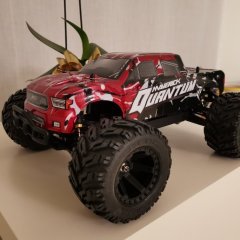RC flying Lingo / terms
-
Recently Browsing 0 members
- No registered users viewing this page.
-
Latest Posts
-
Newbie's troubles here: I need your help about brushless motor specs
By Lukas73, in General - Electric
- 9 replies
- 240 views
-
Lenovo ThinkBook 15 G2 ITL Core i5 8GB 256GB SSD 15.6 Inch Windows 10/11
By stretch, in Off-Topic For Sale
- 6 replies
- 612 views
-
- 1 reply
- 23 views
-
- 212 replies
- 12,473 views
-
- 29 replies
- 1,010 views
-




Recommended Posts
Join the conversation
You can post now and register later. If you have an account, sign in now to post with your account.